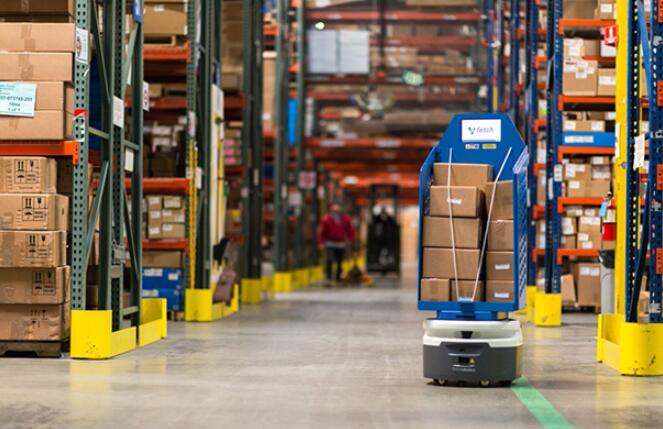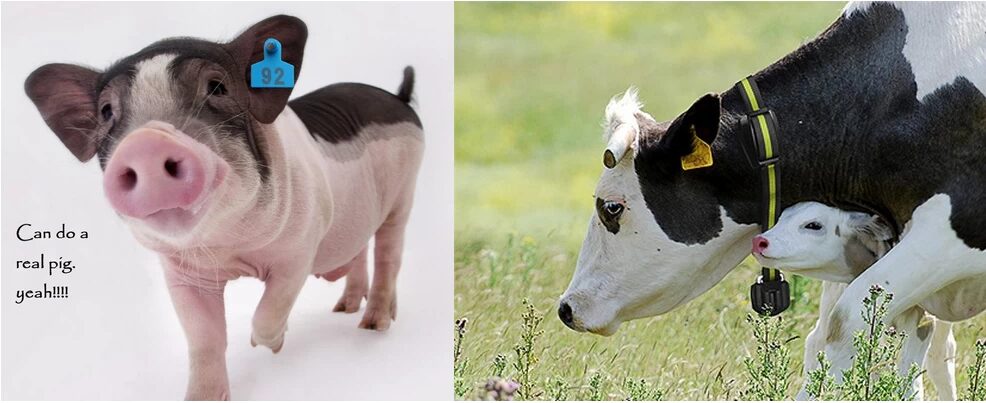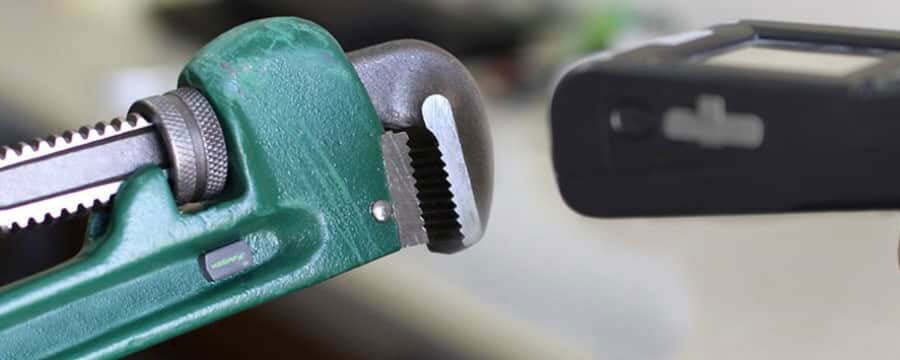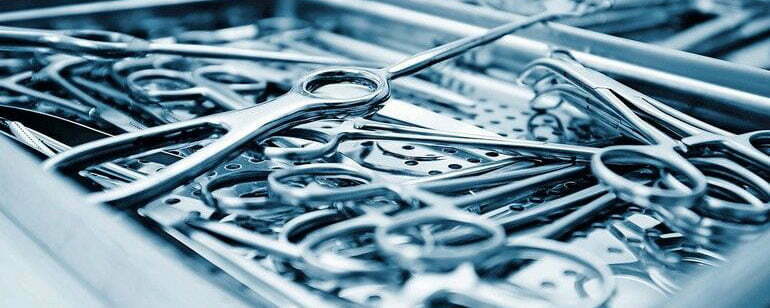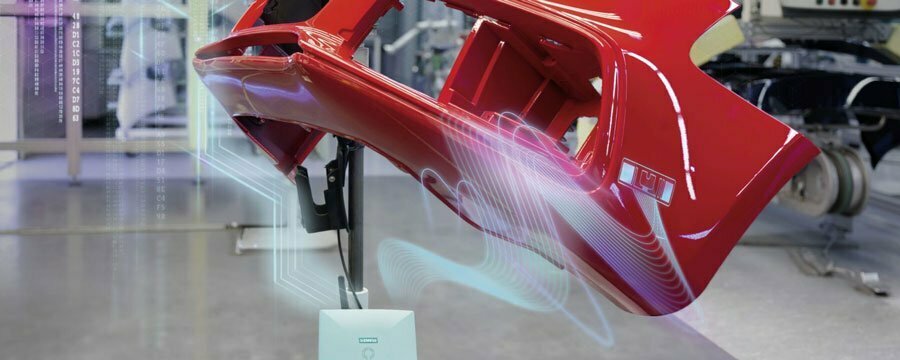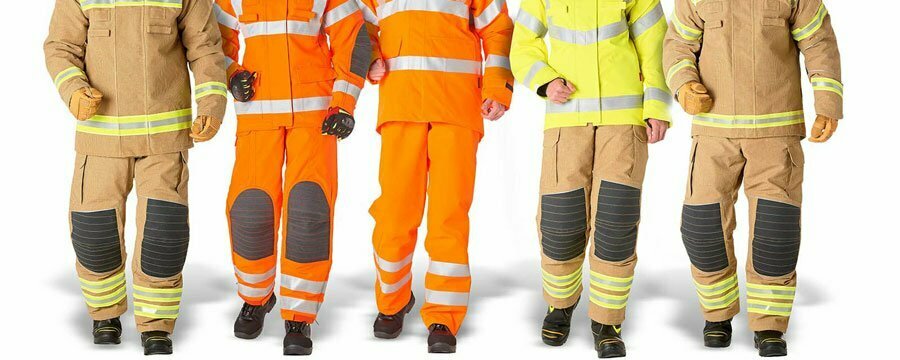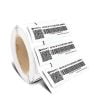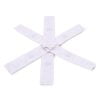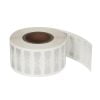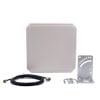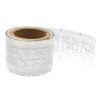Characteristics of RFID ceramic tags
High durability
Ceramic materials have excellent high temperature resistance, corrosion resistance and wear resistance, allowing RFID ceramic tags to maintain stable performance in extreme environments. This makes them particularly suitable for applications requiring high durability.
High reliability
Ceramic tags can still maintain stable signal transmission capabilities in harsh environments (such as high temperature, high pressure, chemical corrosion, etc.), ensuring data accuracy and reliability.
Compact size
The high-density characteristics of ceramic materials allow RFID ceramic tags to be made very compact and suitable for use in environments with limited space, such as small tools, precision instruments, etc.
Anti-metal interference
RFID ceramic tags have strong resistance to metal interference and can be directly attached to metal surfaces or embedded in metal parts without affecting their reading and writing performance.
Technical advantages
Material advantages
Ceramic materials have excellent chemical stability and mechanical strength and can be used for long periods of time in high temperature, high pressure and corrosive environments.
Signal stability
The structural design of the ceramic tag can optimize the performance of the antenna and maintain stable reading and writing distance and speed even in a metal environment.
long life
Due to their durability, RFID ceramic tags last much longer than traditional plastic or paper tags, reducing replacement frequency and maintenance costs.
Application areas
Industrial manufacturing
In high-temperature and highly corrosive production environments, ceramic labels are used for tracking and management of equipment and tools to improve production efficiency and safety.
medical equipment
Ceramic labels can be used for medical equipment management in high-temperature sterilization environments to ensure that the equipment is not damaged during the sterilization process.
Petroleum and natural gas
In oil and gas extraction, ceramic labels are used for the identification and management of equipment and pipelines, and are resistant to high temperatures and pressures to ensure safe production.
Aerospace
Ceramic tags are used to identify and track aircraft and spacecraft components and can withstand extreme temperature changes and high radiation environments.
Car manufacturer
In automotive manufacturing, ceramic labels are used in the management of engines and other high-temperature components to ensure component traceability and reliability.
Implementation considerations
Installation location
Properly choose the tag's mounting location to ensure it works effectively in extreme environments. Tags should avoid being completely wrapped in metal, which affects signal transmission.
Reader compatibility
Ensure that the RFID reader can effectively read ceramic tags, and adjust the reading and writing distance and angle according to the actual application scenario.
Environmental testing
Rigorous environmental testing is conducted prior to actual deployment to verify tag performance and durability under intended use conditions. Including high temperature, high pressure, corrosive testing, etc.
frequency selection
Select the appropriate RFID frequency based on the specific application to ensure optimal performance in a specific environment. Generally, ultra-high frequency (UHF) tags perform better in industrial environments.
in conclusion
RFID ceramic tags are ideal for applications in extreme environments due to their high durability, high reliability and resistance to metal interference. It shows a wide range of application prospects in fields such as industrial manufacturing, medical equipment, oil and gas, aerospace and automobile manufacturing. By choosing the right tag type and implementation, companies can significantly improve asset management and production efficiency and reduce operating costs. With the continuous development of technology, RFID ceramic tags will provide innovative solutions for more industries.

